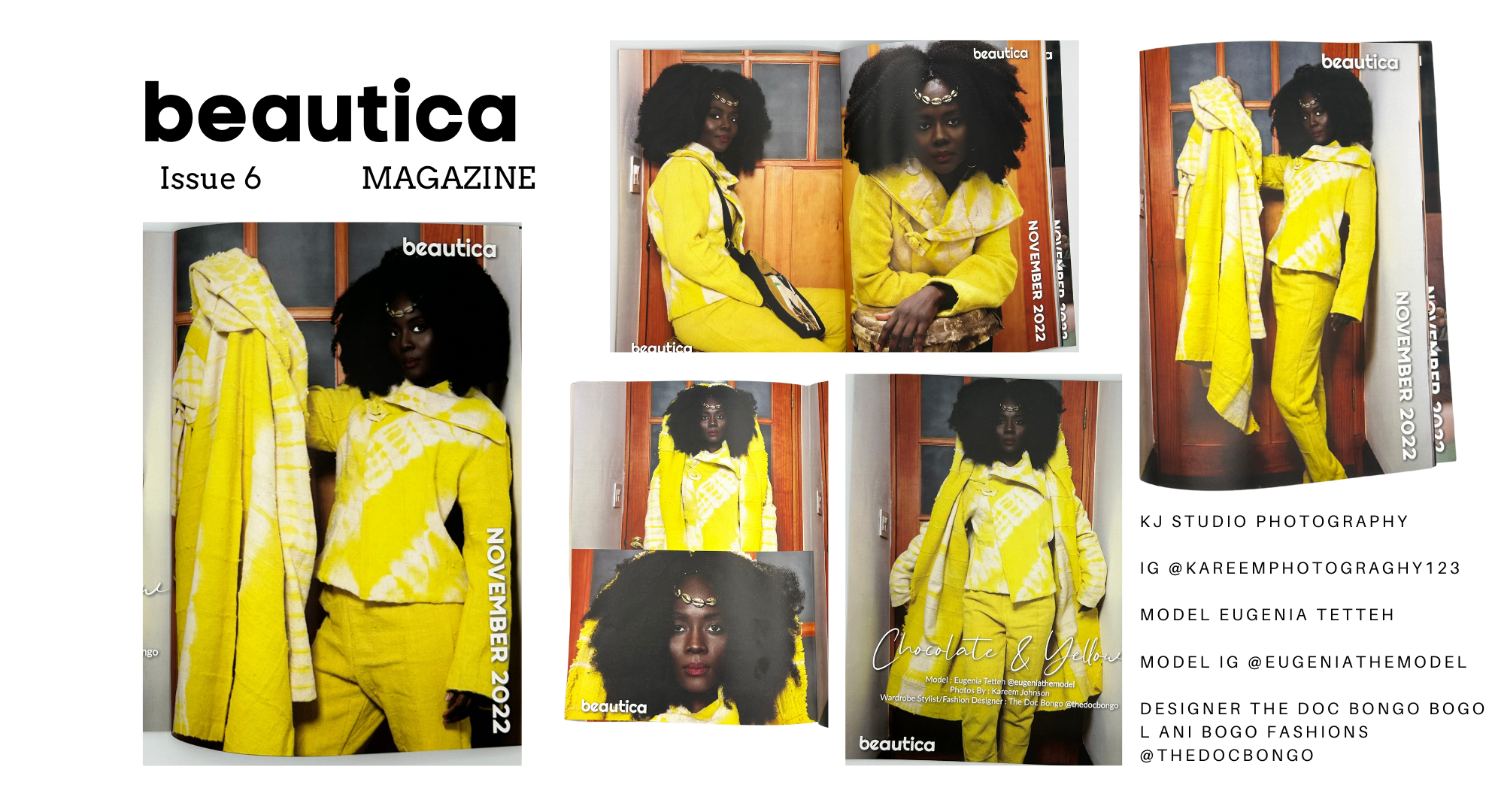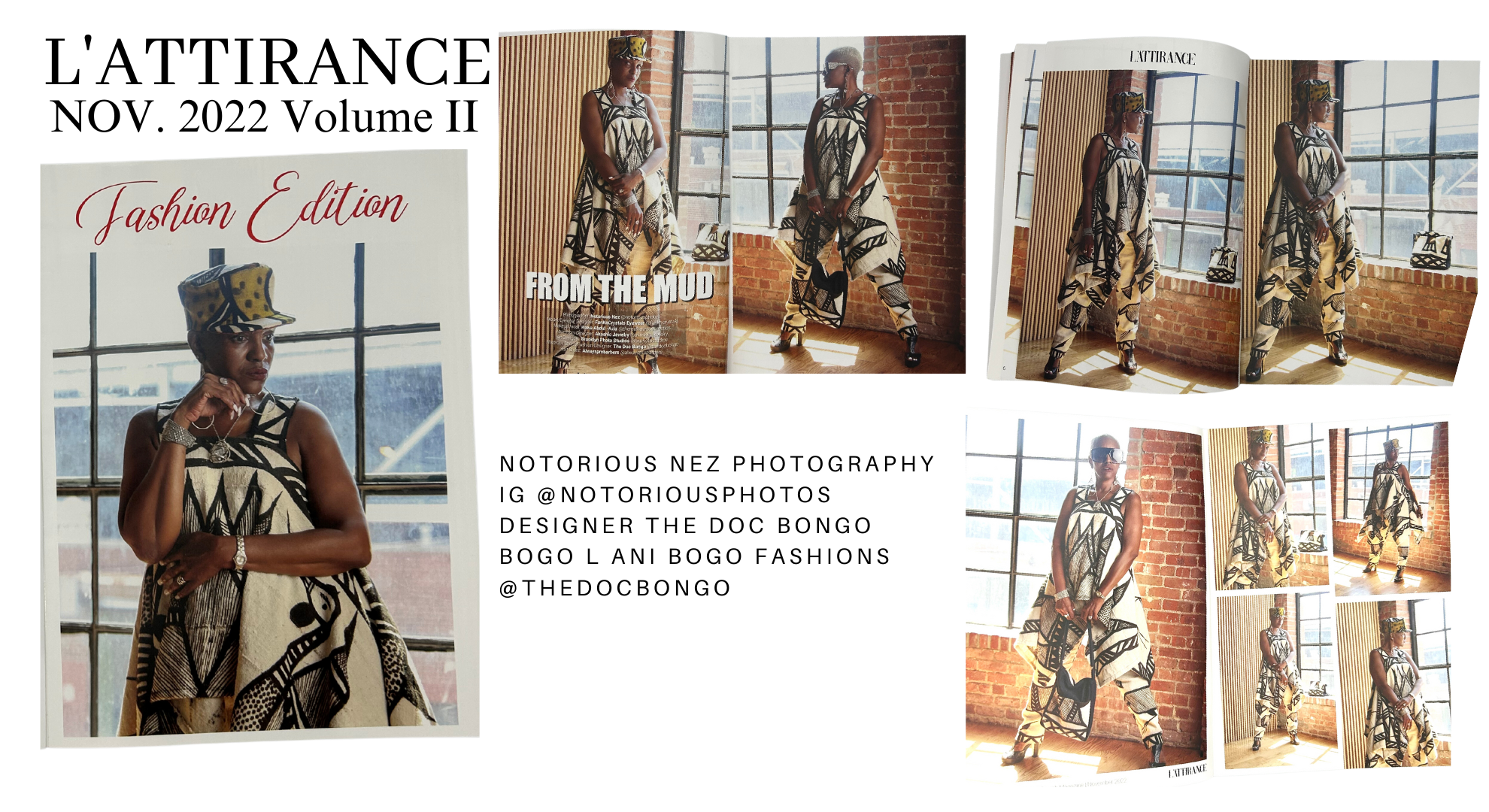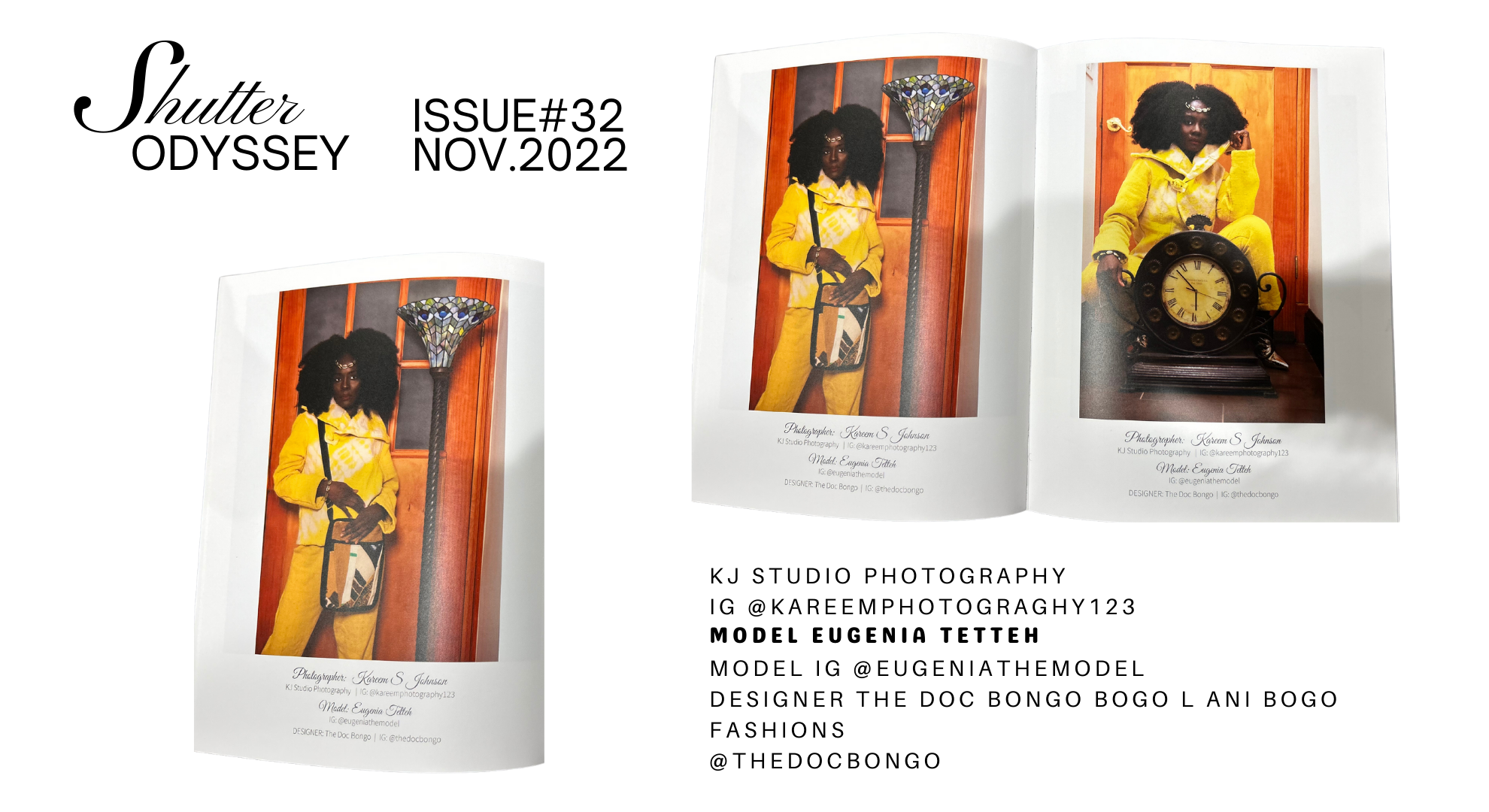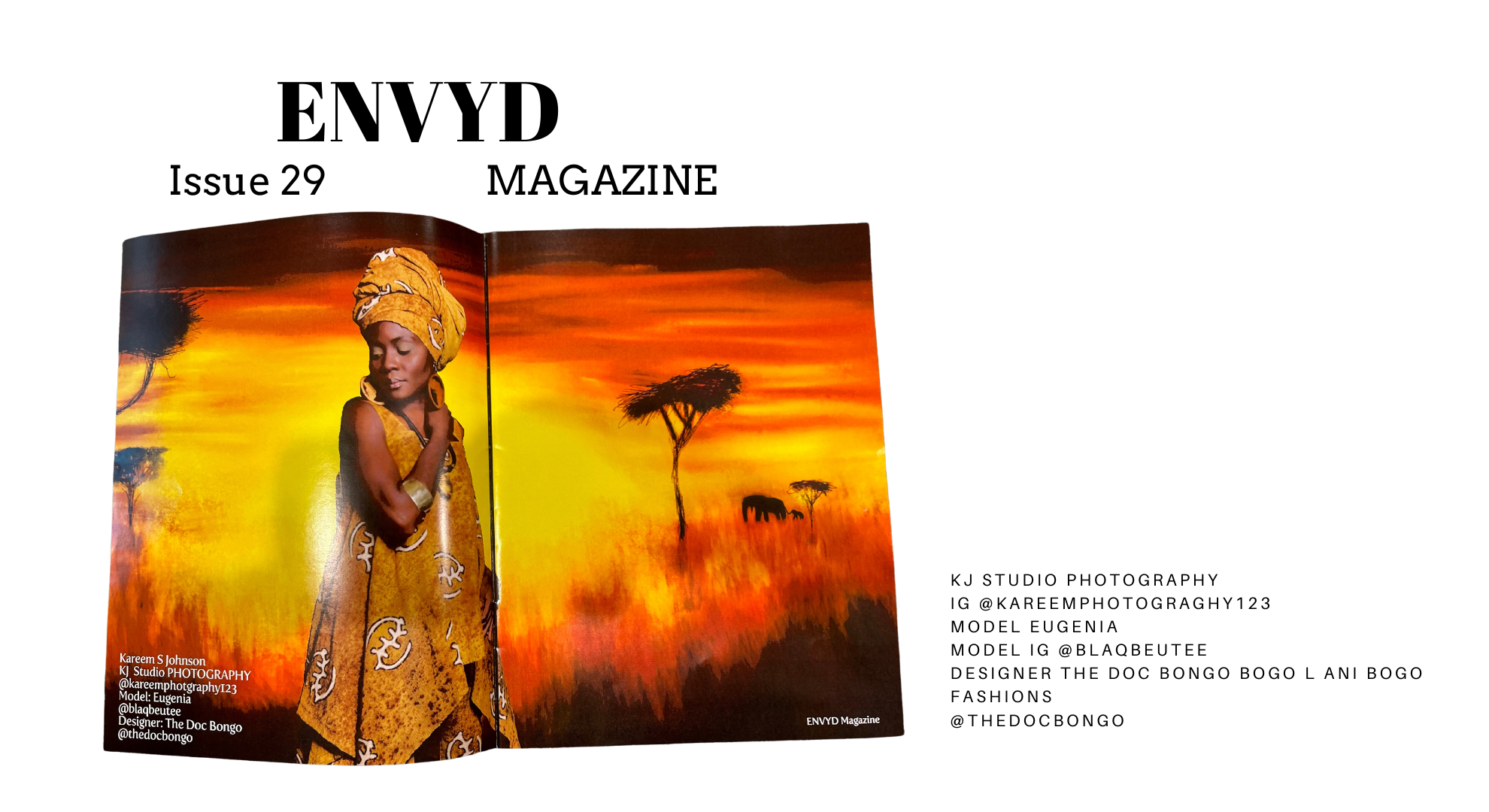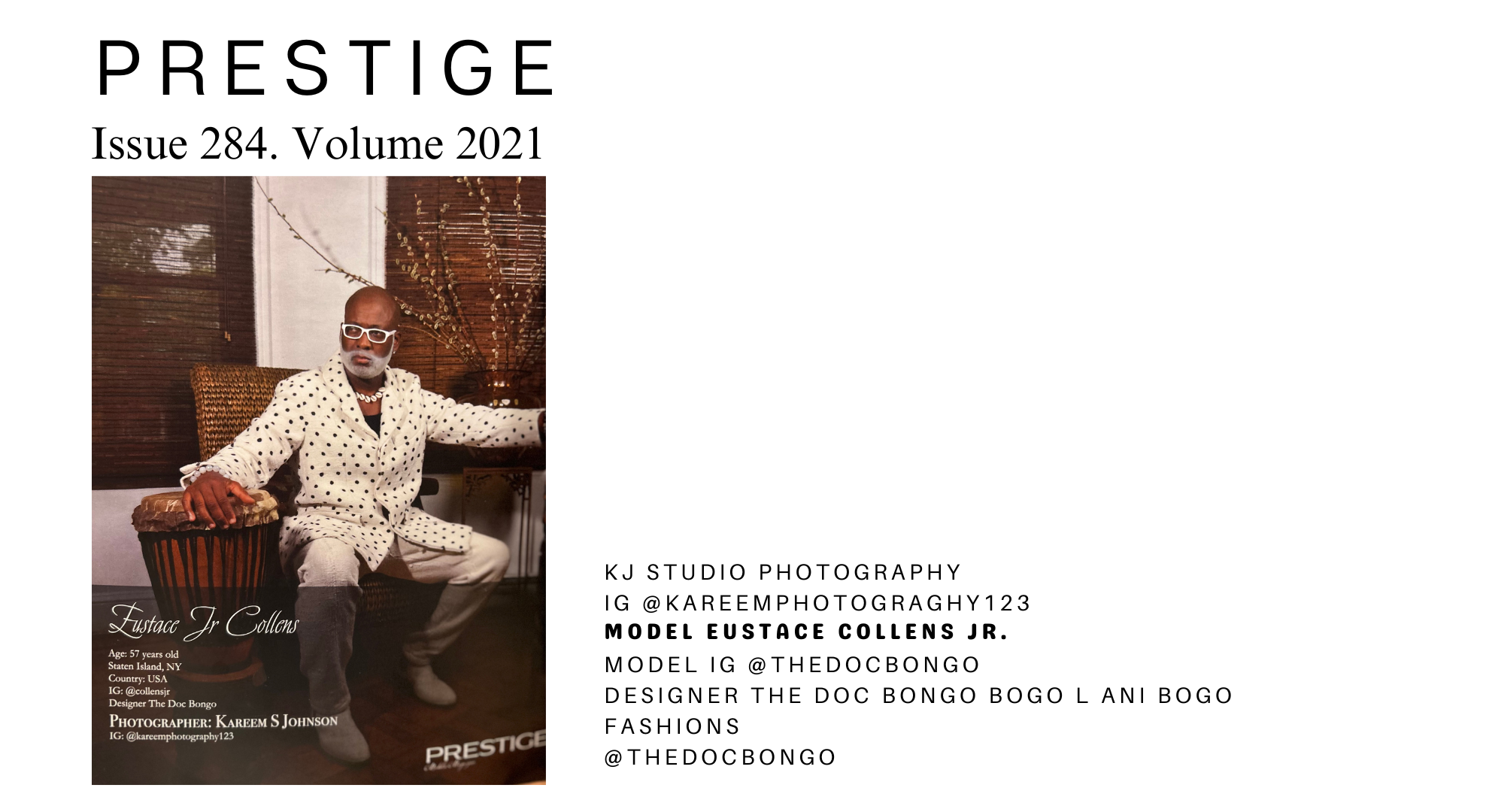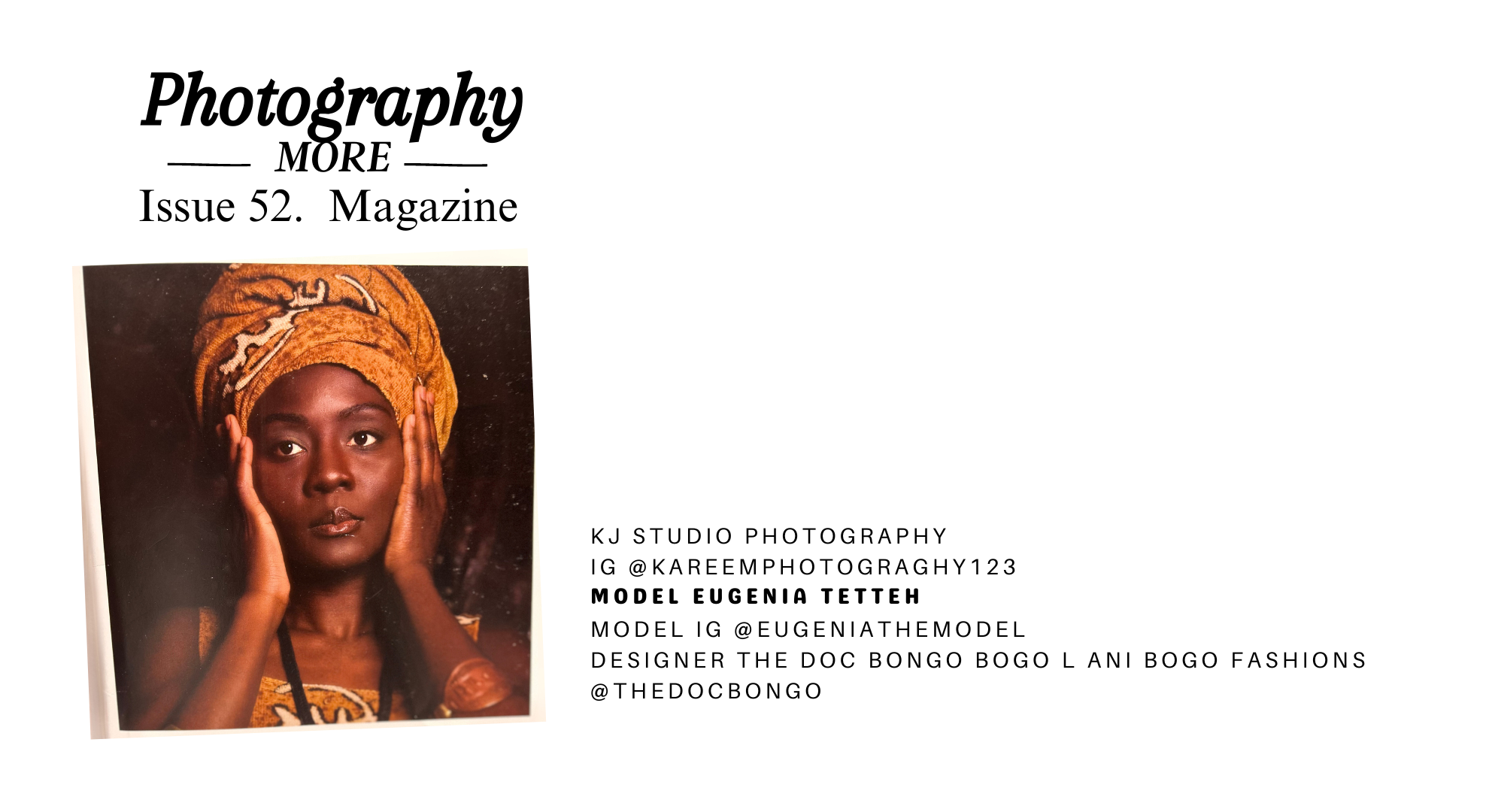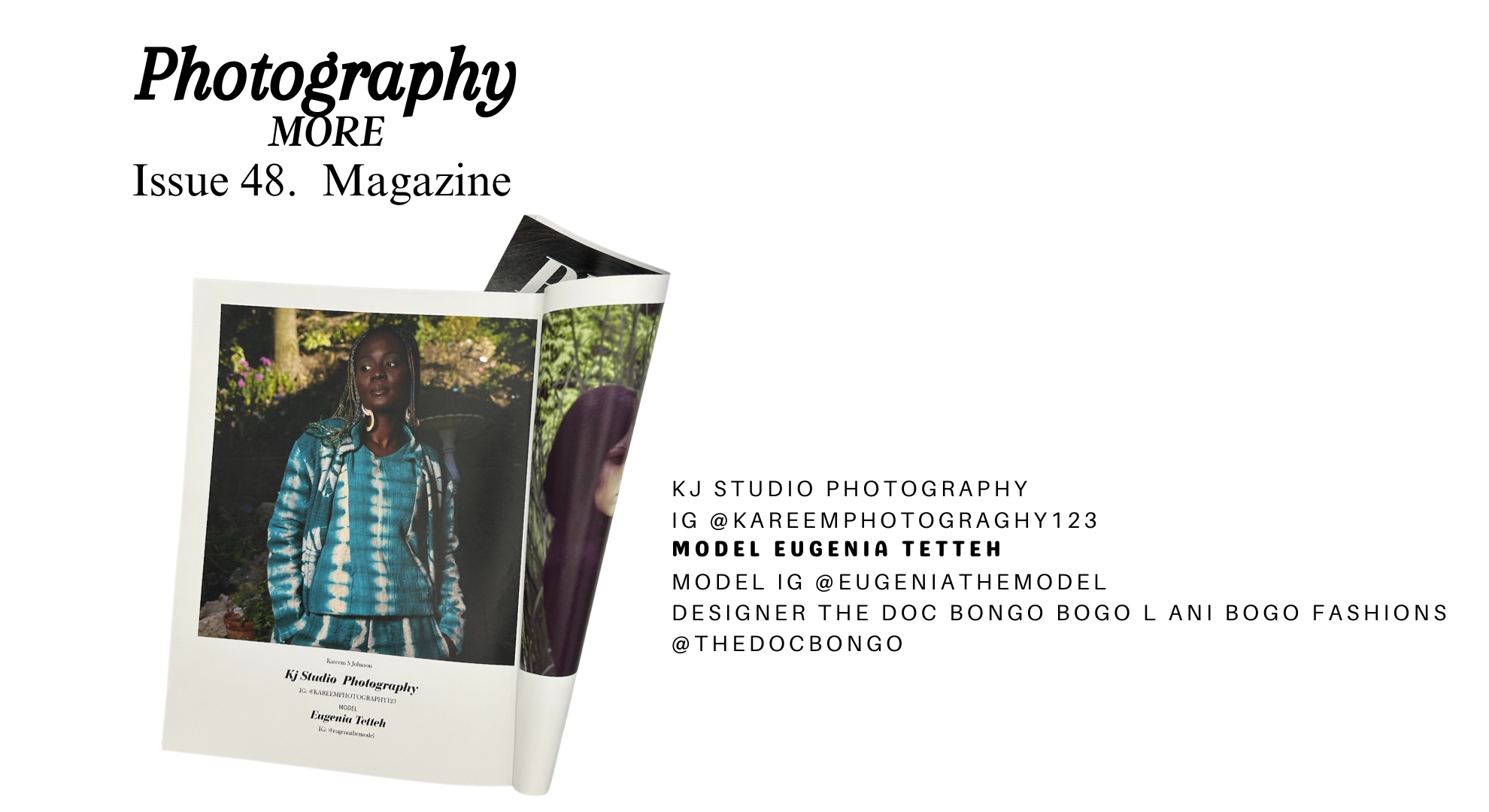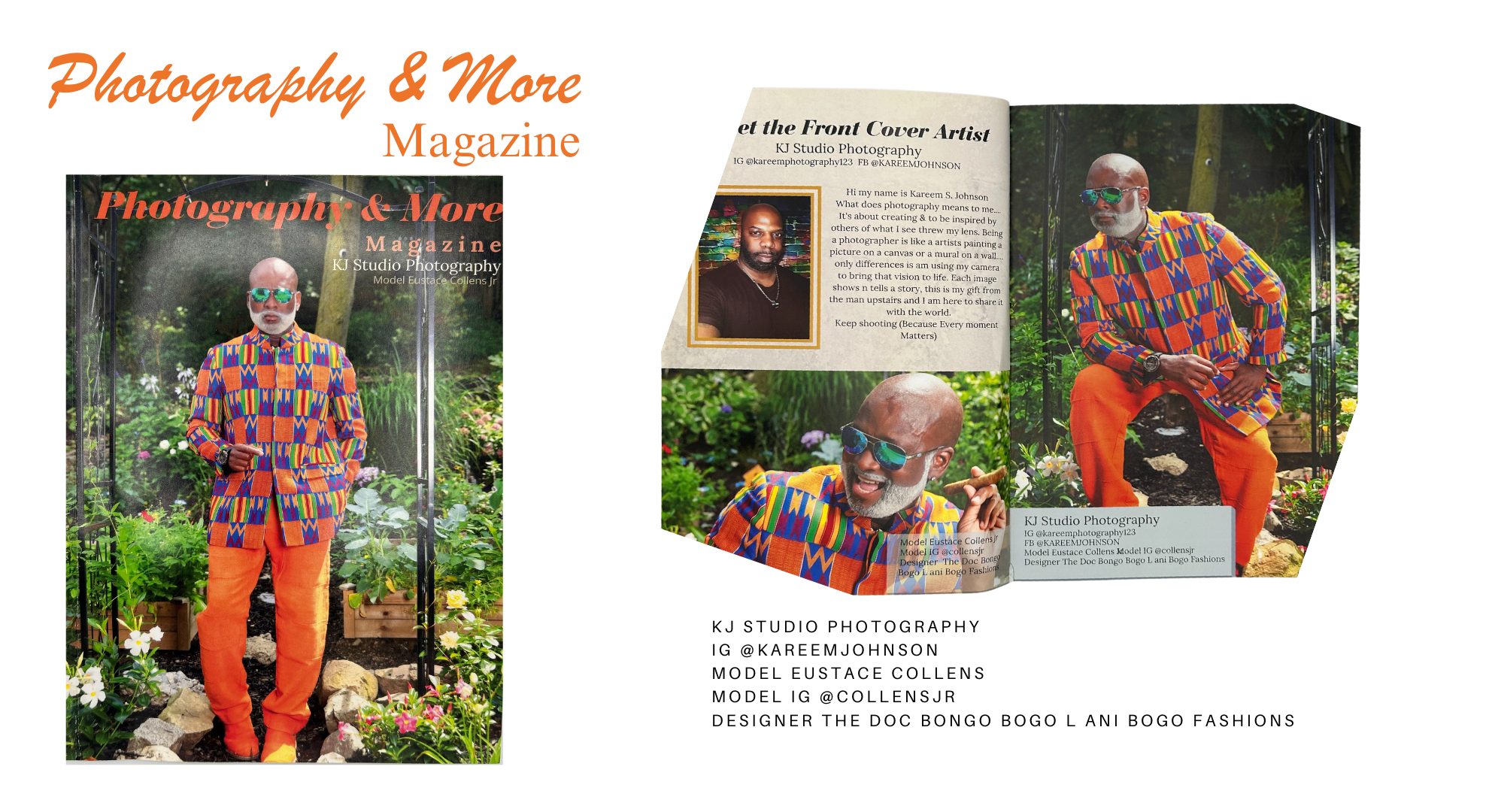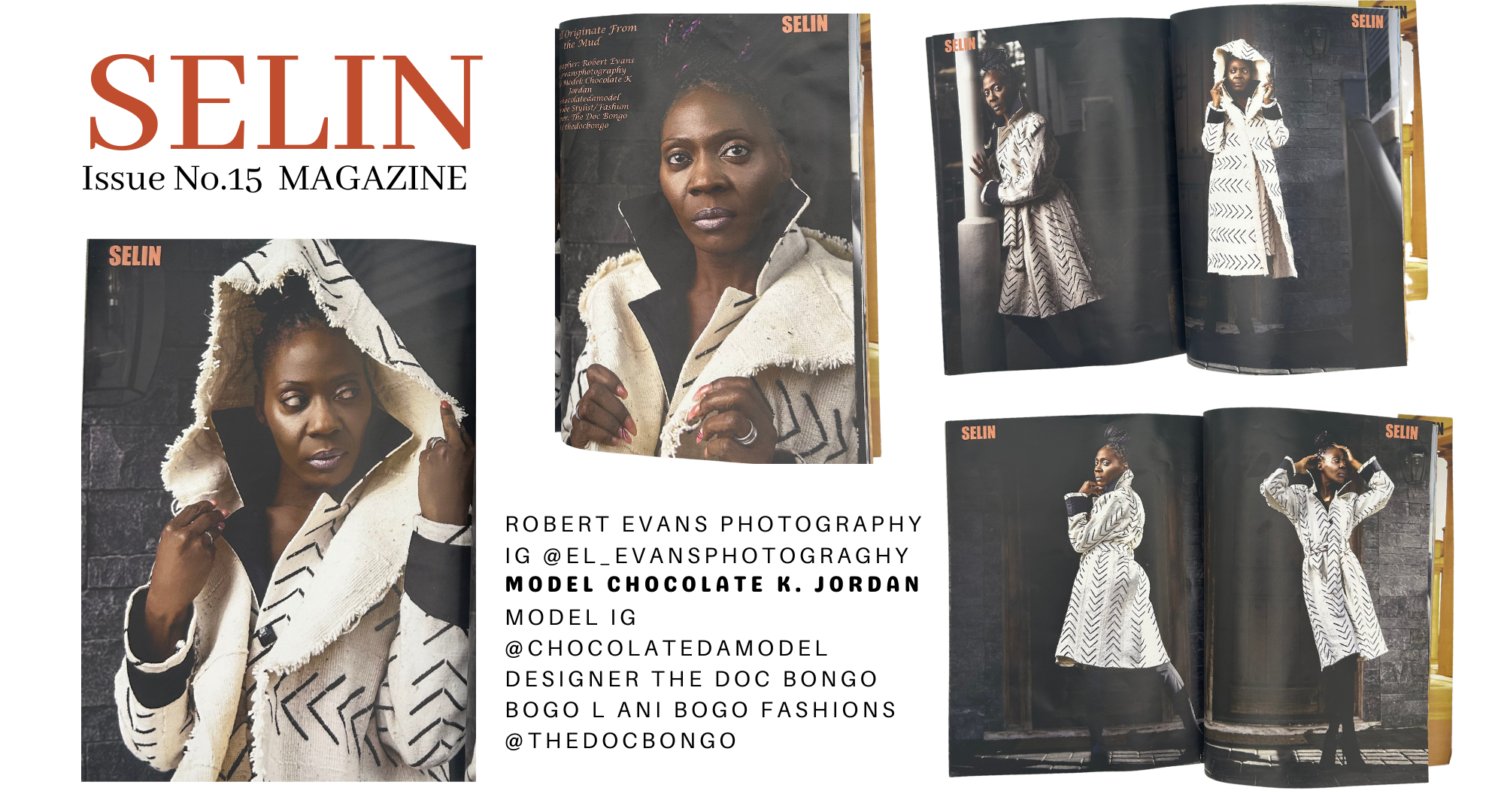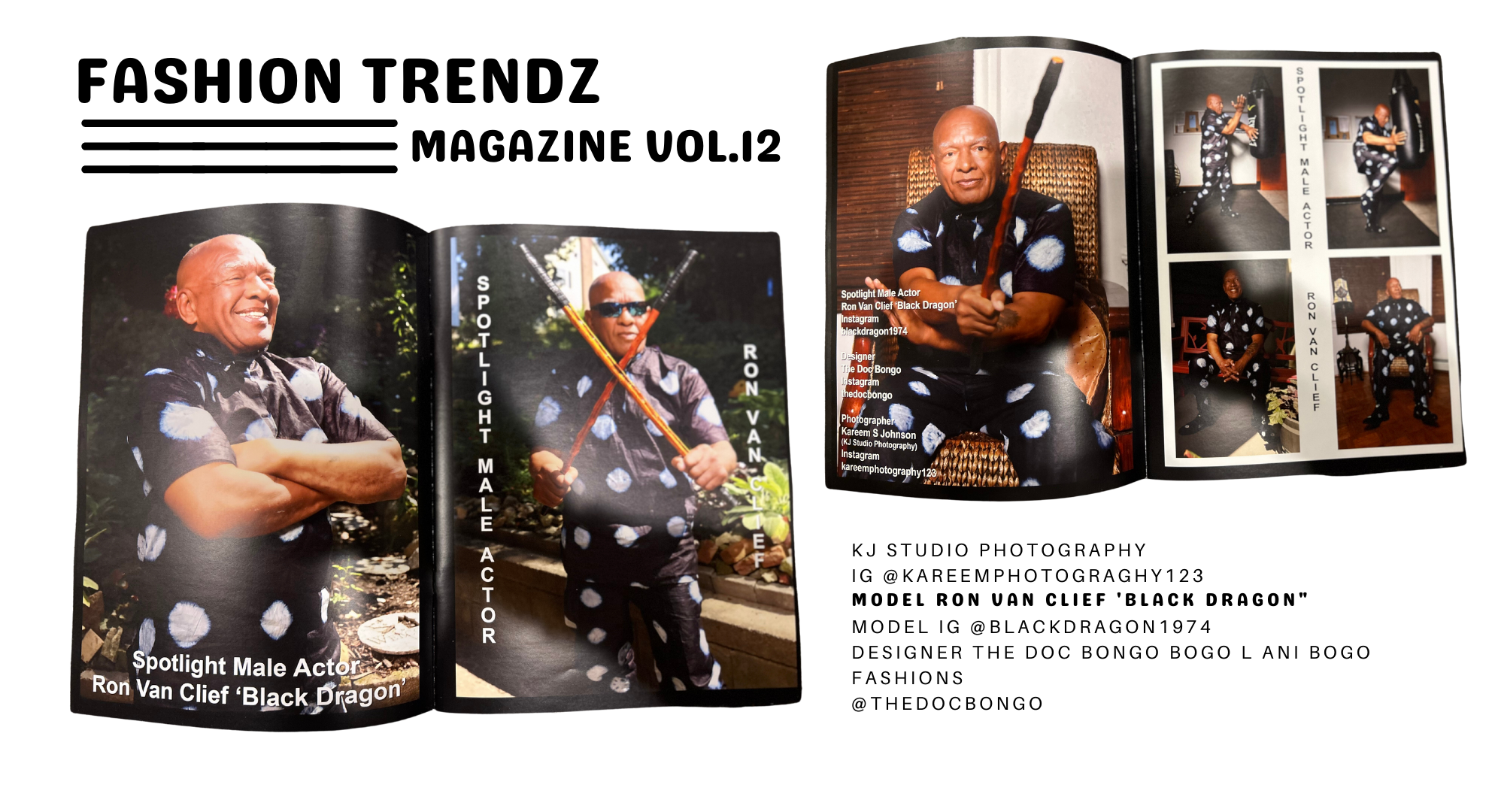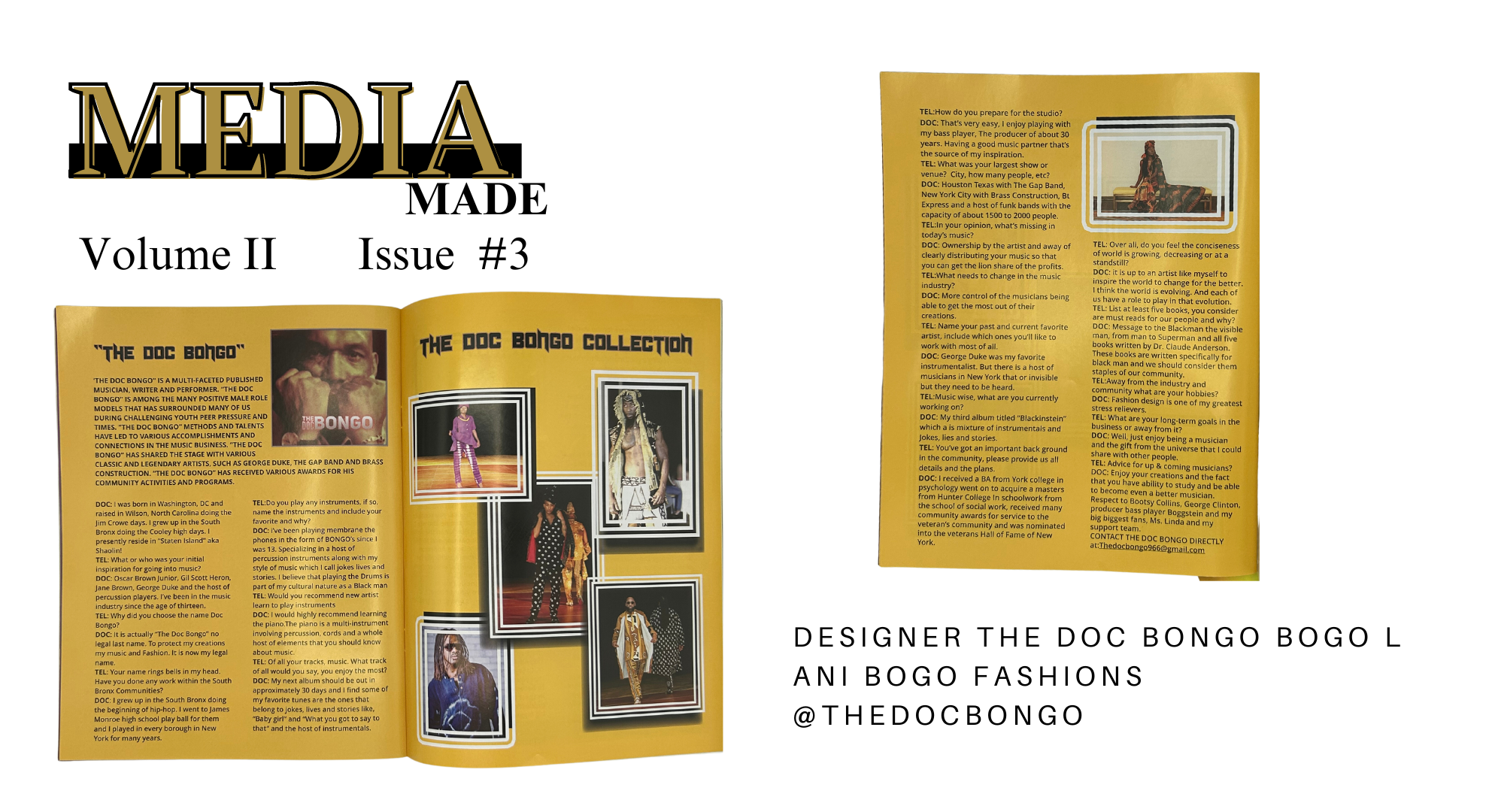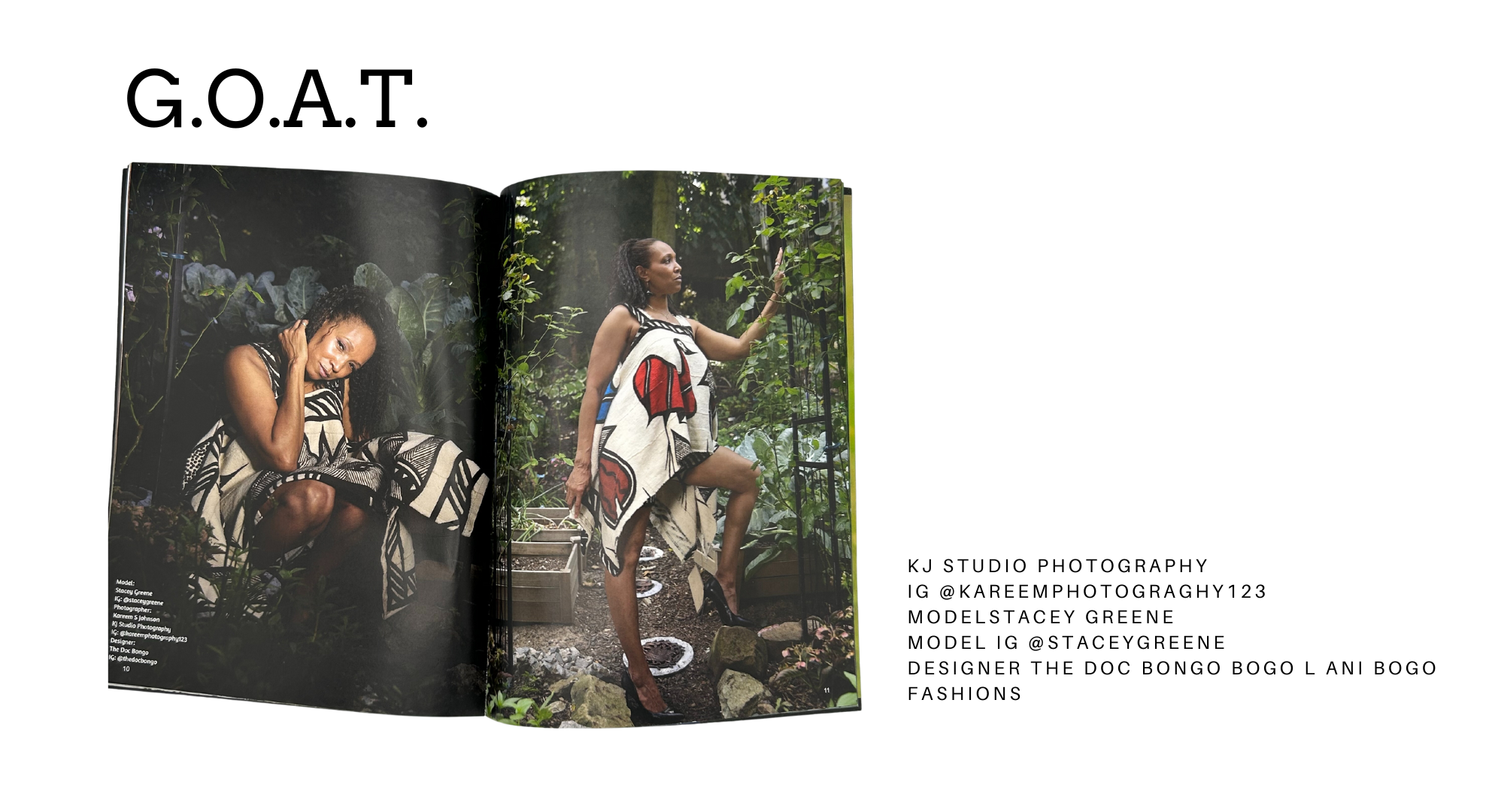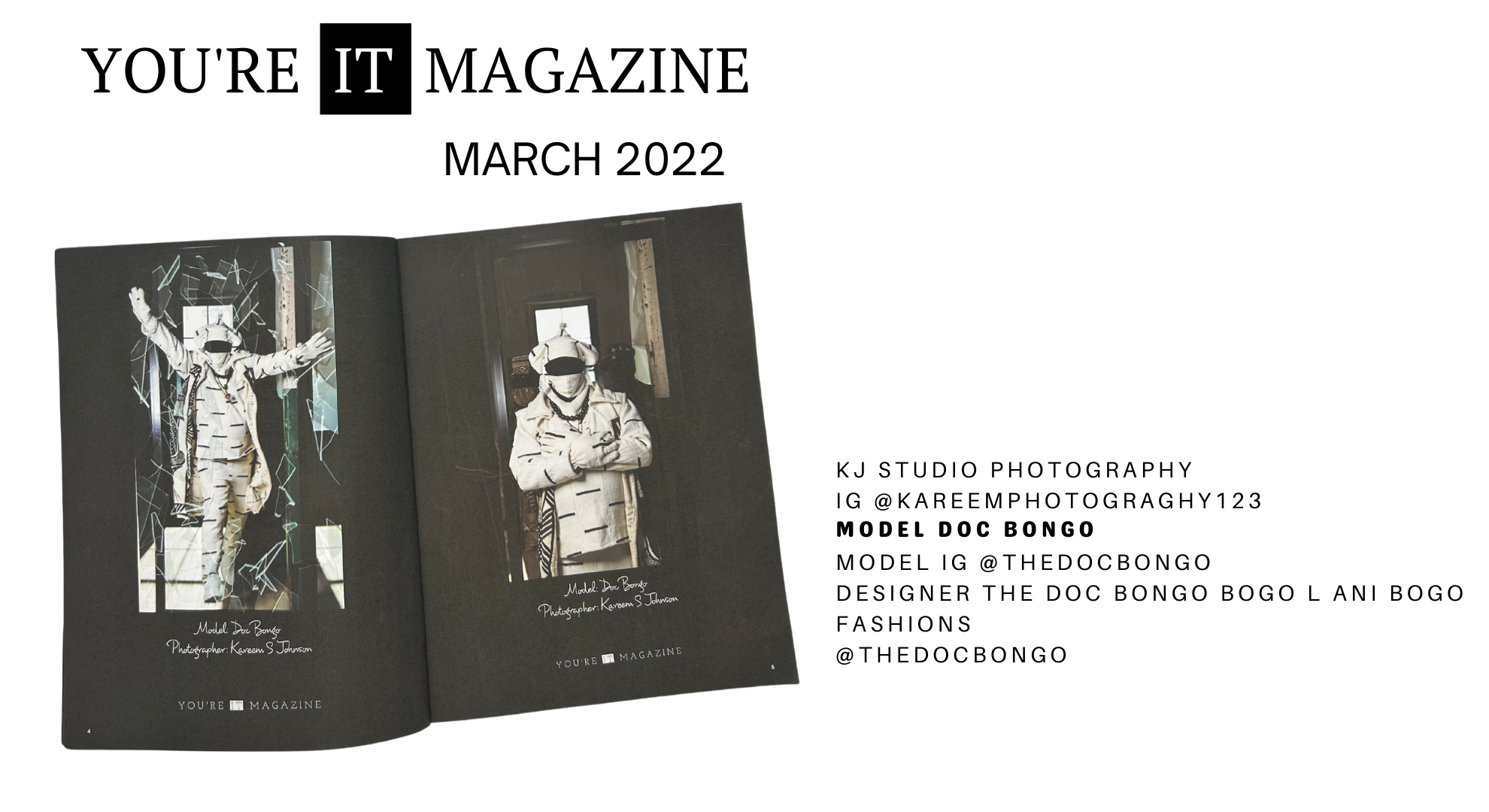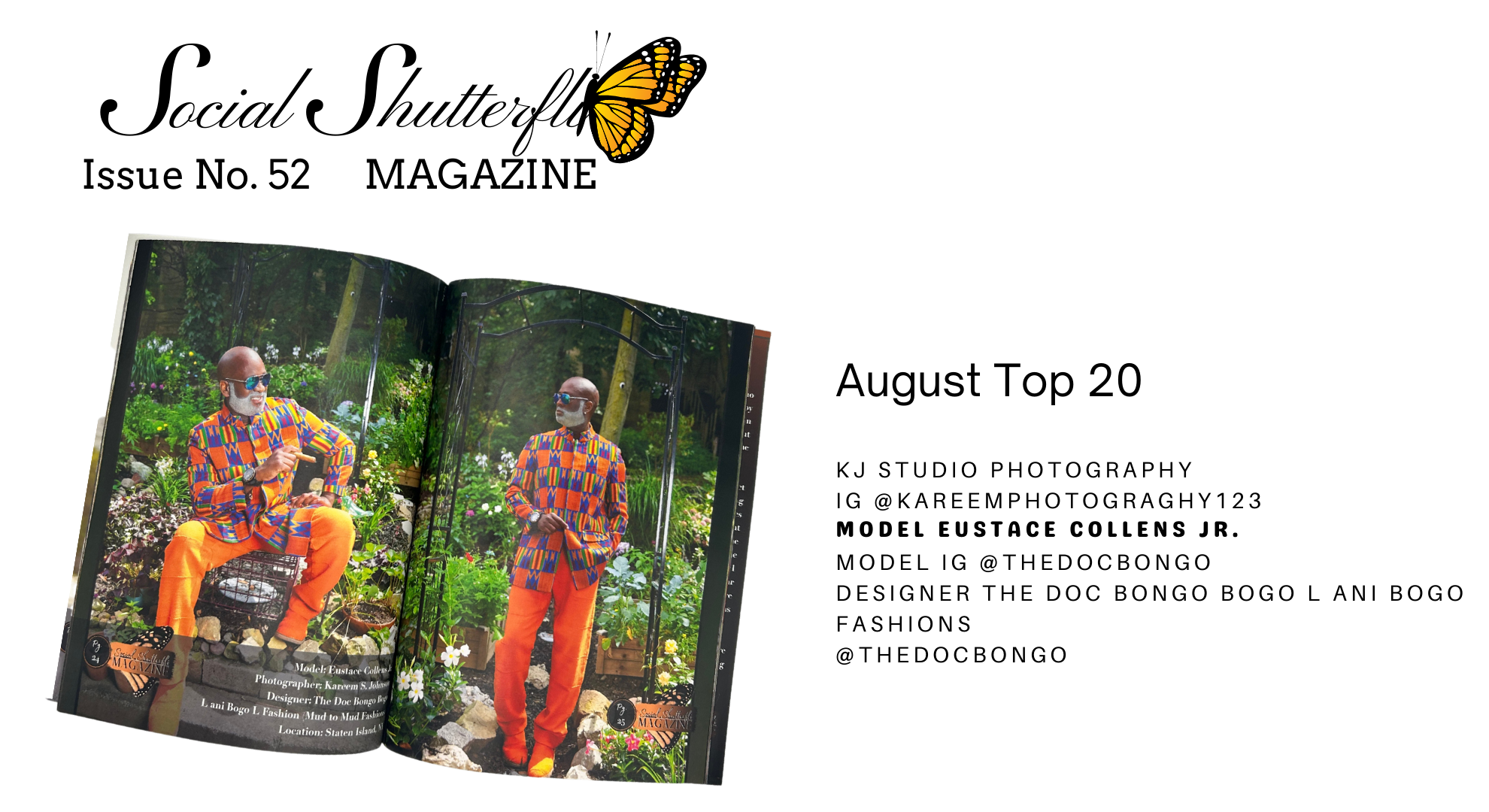
Countless Magazines Features
I was a baby born on June the 19th, which is celebrated as “Juneteenth”. Most folks know that for so-called black Americans, Juneteenth represented the last day that a group of our ancestors found out that they were no longer considered slaves. What some folks don’t know is that on Juneteenth, one of the first things that some of the formerly enslaved people did was to go to their enslavers’ abandoned plantations and put on their clothing. Then some of them took their slave clothes to the lake or the river and threw their slave clothes into the lake or the river. You see, enslaved people were not allowed to chose their clothing. Part of their liberation was removing their slave clothing and choosing what they would wear. This was very significant to me because I had spent so much money on clothes over the years that were made by other people and dictated by Western culture. All that money left my community; it didn’t help my community at all.
Once I was introduced to the mudcloth, all the thoughts about myself began to change. There was something about the mudcloth that let me know that it was original, that it was still being made by hand, and I could smell like the love that went into the cloth from the people that produced it – and those people just happened to look like me.
